Uji Complete Guide
Etiquette of Story and Tea to Observe in the Home of
"Miyabi"
Table of Contents
To the Home of "Miyabi." Uji, a Place Filled with Story and the Aroma of Tea.
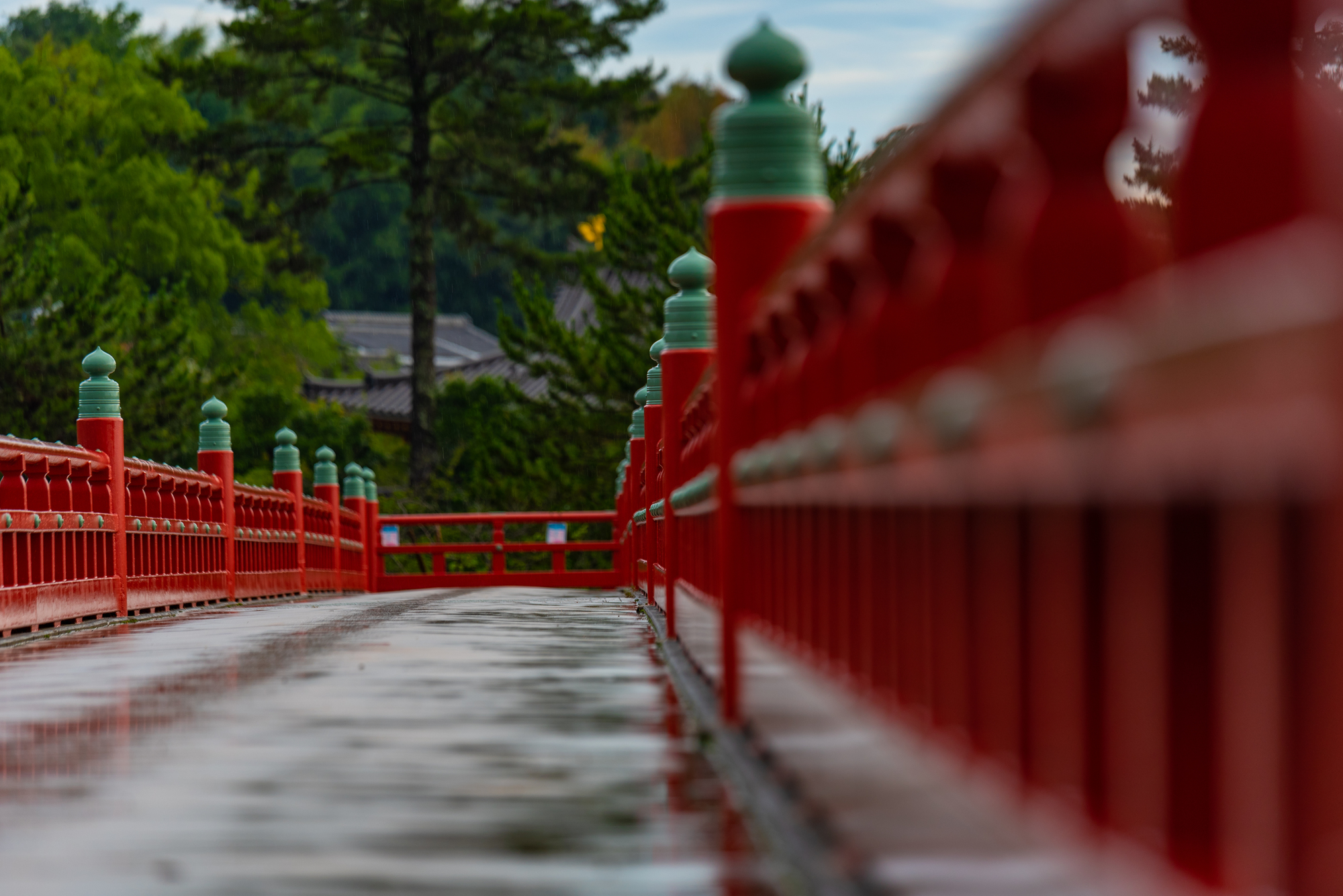
The surface of the gently flowing Uji River quietly glimmers in the sunlight. Across the river, the World Heritage site, Byodo-in Phoenix Hall, with its beautiful vermilion pillars and blue-green roof, stands as if floating on the water. The town's air is faintly sweet and filled with the fragrant aroma of matcha...
This is Uji City, Kyoto Prefecture. It is an ancient capital with over a thousand years of history, located just a 30-minute train ride south of the hustle and bustle of Kyoto City. Once a place where Heian aristocrats built their villas and engaged in elegant pastimes, this land is where the sense of "Miyabi" (courtly elegance), a cornerstone of Japanese aesthetics, was born and nurtured.
Uji is the stage for the "Uji Ten Chapters," the climax of the world's oldest full-length novel, "The Tale of Genji." The glamorous and tragic love stories of its characters still breathe in various parts of the town today. At the same time, it is the home of Japan's finest tea, "Uji Tea," which dates back to the Kamakura period. Its cultivation and processing techniques have shaped Japanese tea culture itself.
This guide is your invitation not only to visit Uji's famous temples and shrines but also to touch the essence of the stories and tea culture deeply rooted in this town. Uji in autumn and winter, in particular, when the bustling tourist season has passed and the air becomes clear, has a special charm. Fiery autumn leaves color the historic buildings, and in the severe winter silence, a warm bowl of matcha deeply soothes the body and soul. It is during this period that one can truly appreciate the original tranquility and spirituality of Uji.
Now, as if turning a page, enter the world of the story. And, as if savoring a bowl of tea, quietly sharpen your five senses. Your own special journey to Uji begins here.
1.A Story Spanning a Thousand Years: The Depths of Uji's History and Culture
Why does the scenery of Uji captivate the human heart so much? The answer lies in the aristocratic culture, religious art, and the history of the tea ceremony that have accumulated in this land.
1-1. The Stage of "The Uji Ten Chapters" from The Tale of Genji: A Place Where Tragic Love Stories Breathe
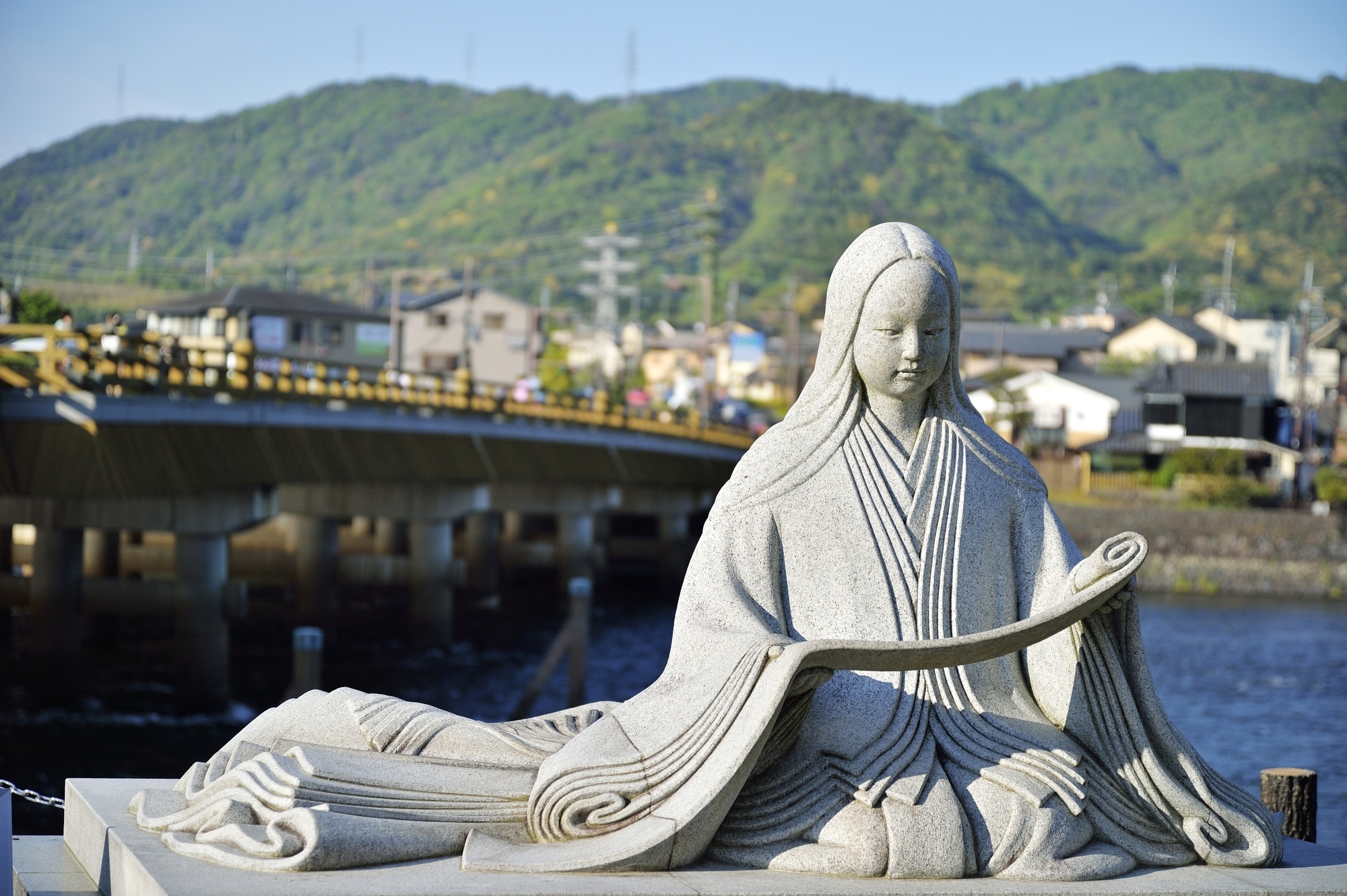
A monumental work in the history of Japanese and world literature, "The Tale of Genji." The main stage for its final chapters, the "Uji Ten Chapters," is this very Uji. After the death of the protagonist, Hikaru Genji, the complex and sorrowful love affairs of his descendants unfold against the beautiful natural backdrop of Uji. Places featured in the story, such as the Uji Bridge and the sites of the heroines' residences, still remain as "historic sites," stirring the imagination of visitors. It is a place where you can feel enveloped in a strange sensation, as if hearing the voices of joy and sorrow of the characters depicted a thousand years ago in the murmuring of the Uji River and the misty morning landscapes.
1-2. World Heritage Byodo-in Phoenix Hall: The Glory of the Fujiwara Clan Who Dreamed of the Pure Land
The Byodo-in Phoenix Hall, also known for its design on the 10-yen coin, was originally the villa of the powerful Fujiwara no Michinaga in the late Heian period, converted into a temple by his son, Yorimichi. In the aristocratic society of that time, the "Mappo" ideology—the belief that the Buddhist law would decline two thousand years after Buddha's death—was widespread, and people strongly wished for rebirth in the Pure Land after death. The Phoenix Hall was a magnificent attempt to recreate the Pure Land of Amida Buddha on this earth. Its beautiful, symmetrical reflection on the water's surface conveys the aesthetic sense and deep prayers of the Heian aristocrats to us across a thousand years. In autumn, the red leaves of the mountains behind it create a fiery scene with the vermilion of the hall, and if it snows on a rare winter day, its form is wrapped in a serene beauty like an ink painting.
1-3. The History of Japanese Tea Itself: Why "Uji Tea" Became a Top-Tier Brand
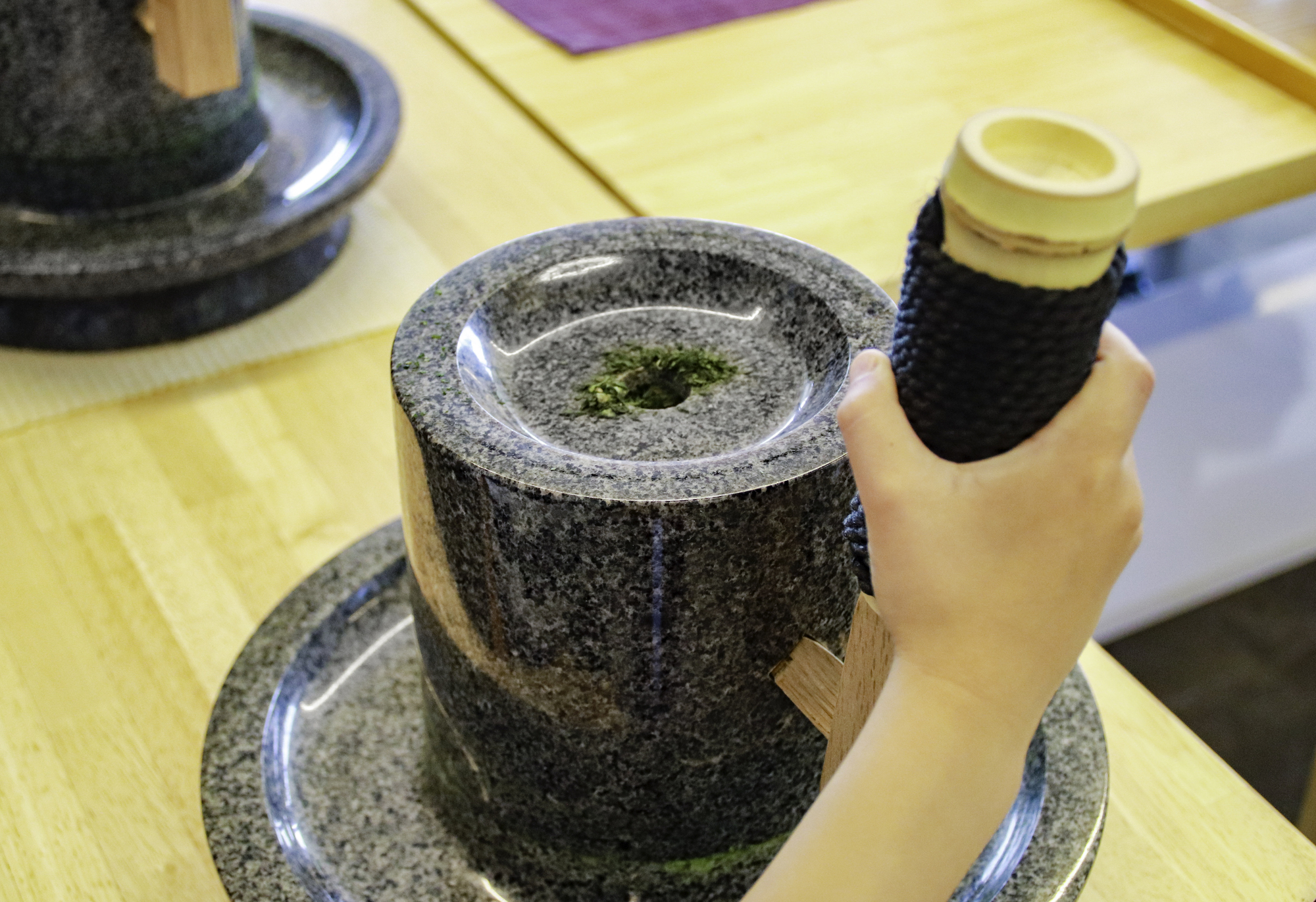
It is no exaggeration to say that the history of Japanese tea goes hand in hand with the history of Uji. It is said to have begun in the Kamakura period when the Zen master Eisai brought tea seeds back from China and planted them in this land. Uji was blessed with the perfect natural conditions for tea cultivation, such as the mist rising from the river protecting the tea fields from frost and the gentle hills providing well-drained soil. Under the patronage of the Ashikaga shogunate in the Muromachi period and with the perfection of the tea ceremony culture by Sen no Rikyu in the Azuchi-Momoyama period, the tea masters of Uji developed revolutionary cultivation and processing techniques, such as "shaded cultivation" to increase umami components by blocking sunlight. Thus, "Uji Tea" established its status as an unparalleled top-tier brand.
1-4. [2025 Update] Evolving Traditions and New Ways to Enjoy Uji
Uji is not only preserving its traditions but is also actively trying new ways to convey their charm to the modern world. Long-established tea merchants are opening a series of cafes with modern designs and shops offering authentic matcha sweets. At "The Tale of Genji Museum, Uji City," you can have an immersive experience of the story's world using the latest video technology. Furthermore, workshops where tourists can grind their own matcha using a stone mill or learn to prepare tea in an authentic manner under professional guidance are gaining popularity, expanding opportunities to experience Uji's culture more deeply and enjoyably.
2.Preparations & Basic Info: Touring the Inner Parlor of the Ancient Capital
Let's prepare to fully enjoy the relaxed flow of time, which is different from that in Kyoto city.
2-1. Complete Access Guide from Kyoto and Osaka (JR & Keihan Lines)
- JR Line (Fastest from Kyoto): Take the JR Nara Line "Miyakoji Rapid Service" from Kyoto Station, and you will arrive at JR Uji Station in about 17 minutes.
- Keihan Electric Railway: Keihan Uji Station is the terminal of the Keihan Uji Line. If you are coming from the Osaka area, you can access it by transferring at stations like Kyobashi. Keihan Uji Station is slightly closer to Byodo-in Temple than JR Uji Station.
From either station, the main tourist spots are within walking distance.
2-2. Getting Around Uji: Walking Tours Based from Uji Bridge
The starting point for Uji tourism is the Uji Bridge, one of the three oldest bridges in Japan.
- Byodo-in Omotesando Area: A 300-meter approach from the foot of Uji Bridge to Byodo-in Temple. Lined with long-established tea shops, cafes, and souvenir shops, it is enveloped in the aroma of matcha.
- East Bank of Uji River Area: Walking upstream along the river from Uji Bridge, you will find the World Heritage Uji-gami Shrine and The Tale of Genji Museum. You can enjoy a quiet and calm stroll.
- Islands in the Uji River: The islands of To-no-shima and Tachibana-jima are perfect for a break or a walk. The autumn leaves are beautiful, and you can feel the flow of the river up close.
2-3. Autumn Leaf Viewing and Quiet Winter Walks: Seasonal Attire and Tips
- Autumn (Mid-Nov to Early Dec): The autumn foliage at Byodo-in and Koushou-ji Temple is at its peak, slightly later than in Kyoto city. The days are pleasant, but the wind along the river can be cool, so having a light jacket is convenient.
- Winter (Dec to Feb): The bone-chilling winter of the Kyoto Basin. Full protection against the cold, such as a down jacket, coat, gloves, and a scarf, is necessary. There are fewer tourists, so you can experience the quietest Uji. Snow is rare, but if you are lucky enough to see a snowy landscape, it's a special treat.
3.[Crucial] As a Gracious Visitor to an Elegant Ancient Town: 6 Manners to Keep in Uji
By behaving in a refined manner befitting the inner parlor of a thousand-year-old capital, your journey will be even richer.
3-1. At World Heritage Sites: Quiet Viewing at Byodo-in and Uji-gami Shrine
Byodo-in and Uji-gami Shrine are not just tourist attractions but sacred places that still draw worshippers. Please refrain from loud conversations within the precincts and view them quietly. Especially when viewing the interior of the Byodo-in Phoenix Hall, you will be sharing a limited time and space with other visitors. Be considerate and follow the staff's instructions. Cultural Context: Japan's syncretism of Shinto and Buddhism, and respect for sacred spaces. In Japan, the indigenous Shinto religion and foreign Buddhism have merged and coexisted (shinbutsu-shugo). Both temples (Buddhist) and shrines (Shinto) are equally regarded as sacred spaces. In such places, quiet and reverent behavior is required to purify the mind and offer prayers. |
3-2. Savoring Uji Tea: The "Omotenashi" (Hospitality) in a Bowl of Tea
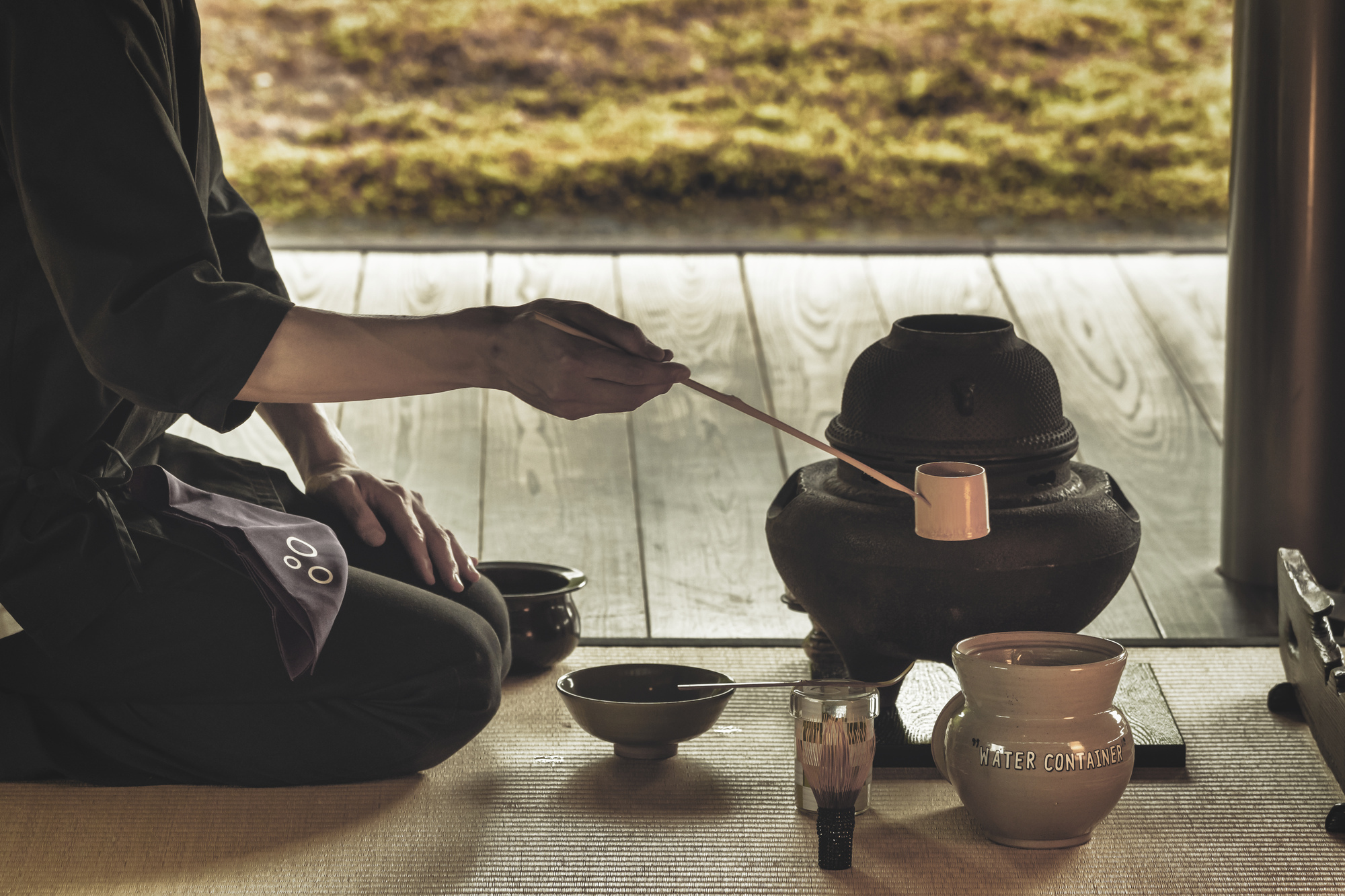
At Uji's tea shops, you will have many opportunities to drink authentic Gyokuro or Matcha. When tea is served, first enjoy its color and aroma, and drink it with a sense of gratitude. If Japanese sweets are served, it is common to eat them before drinking the tea. It is said that the last drop of tea brewed in a teapot contains the most flavor. Be sure to pour it to the very last drop. Cultural Context: The spirit of "Ichi-go ichi-e" in the tea ceremony. The tea ceremony values the spirit of "Ichi-go ichi-e," meaning "this tea gathering is a once-in-a-lifetime encounter." The host prepares with utmost care, and the guest responds with sincere gratitude. Even with a single bowl of tea at a shop, reflecting on this spirit will deepen its flavor. |
3-3. At a Matcha Making Workshop: Respect for Artisans and Handling of Tools
In a matcha stone-grinding workshop, the secret to making high-quality matcha is to turn the stone mill slowly and at a constant speed. Don't use too much force and listen to the artisan's instructions. When whisking tea with a "chasen" (bamboo whisk), handle the delicate bamboo tool with care. These are not just tasks, but precious opportunities to learn respect for the tea culture that Uji has nurtured. Cultural Context: The spirit of the "Way" (Do). Learning the essence of Japanese culture through experience. Many Japanese traditional cultures, such as tea ceremony (Sado), flower arrangement (Kado), and martial arts (Budo), have "Do" (the Way) in their names. This means that it's not just about acquiring skills, but also about cultivating one's spirituality through practice. The matcha making experience is an opportunity to touch the entrance of this spirit of the "Way." |
3-4. By the Uji River: Protecting the Natural Scenery and Historical Atmosphere
The flow of the Uji River and the surrounding mountain scenery are the foundation of Uji's landscape, celebrated in many waka poems for a thousand years. It goes without saying not to litter, but also be careful not to damage the riverside plants. On nights from July to September, the traditional fishing method "Ukai" (cormorant fishing) may be performed. When watching, be quiet so as not to disturb the cormorant master and the birds. |
3-5. At the Historic Sites of The Tale of Genji: Immerse Yourself Quietly in the World of the Story
There are historic sites related to "The Tale of Genji" scattered throughout Uji. When you stand in these places, don't just take a picture; close your eyes for a moment and imagine the feelings of the characters in the story that unfolded here. Your quiet contemplation will deepen the literary atmosphere of the place. |
3-6. Walking the Quiet Approach: Consideration for Local Residents' Lives
The Byodo-in Omotesando is a bustling tourist area, but one step into a side street leads to a quiet residential area. The path to Uji-gami Shrine is similar. As tourists, we should not forget that we are guests in their daily lives and act quietly so as not to disturb the residents. |
4-1. A Tour of World Heritage Sites: Byodo-in Phoenix Hall and Uji-gami Shrine, the Oldest Shrine Architecture
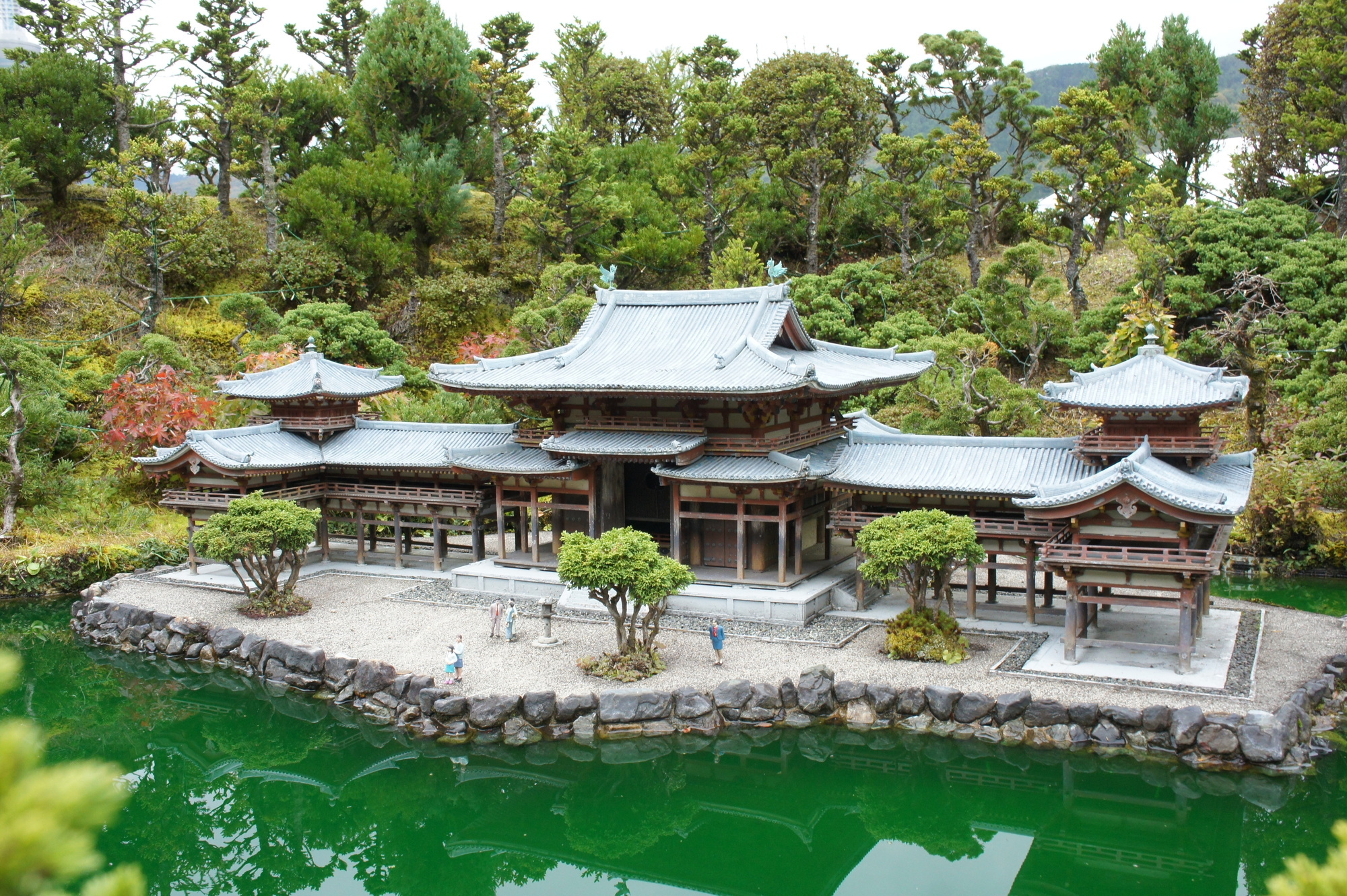
If you visit Uji, the two World Heritage sites are a must-see. At Byodo-in, you will be overwhelmed not only by the elegant exterior of the Phoenix Hall but also by the exquisite beauty of the seated Amida Nyorai statue and the 52 Bosatsu on clouds hanging on the walls inside. The exhibits at the adjacent Hoshokan Museum are also impressive. Uji-gami Shrine, across the Uji River, is the oldest existing shrine architecture in Japan, with its main hall built in the late Heian period. Its simple yet powerful佇まい offers a subtle beauty that contrasts with the splendor of Byodo-in.
4-2. A Full Course of Uji Tea: Premium Gyokuro, Koicha, Usucha, and Matcha Sweets
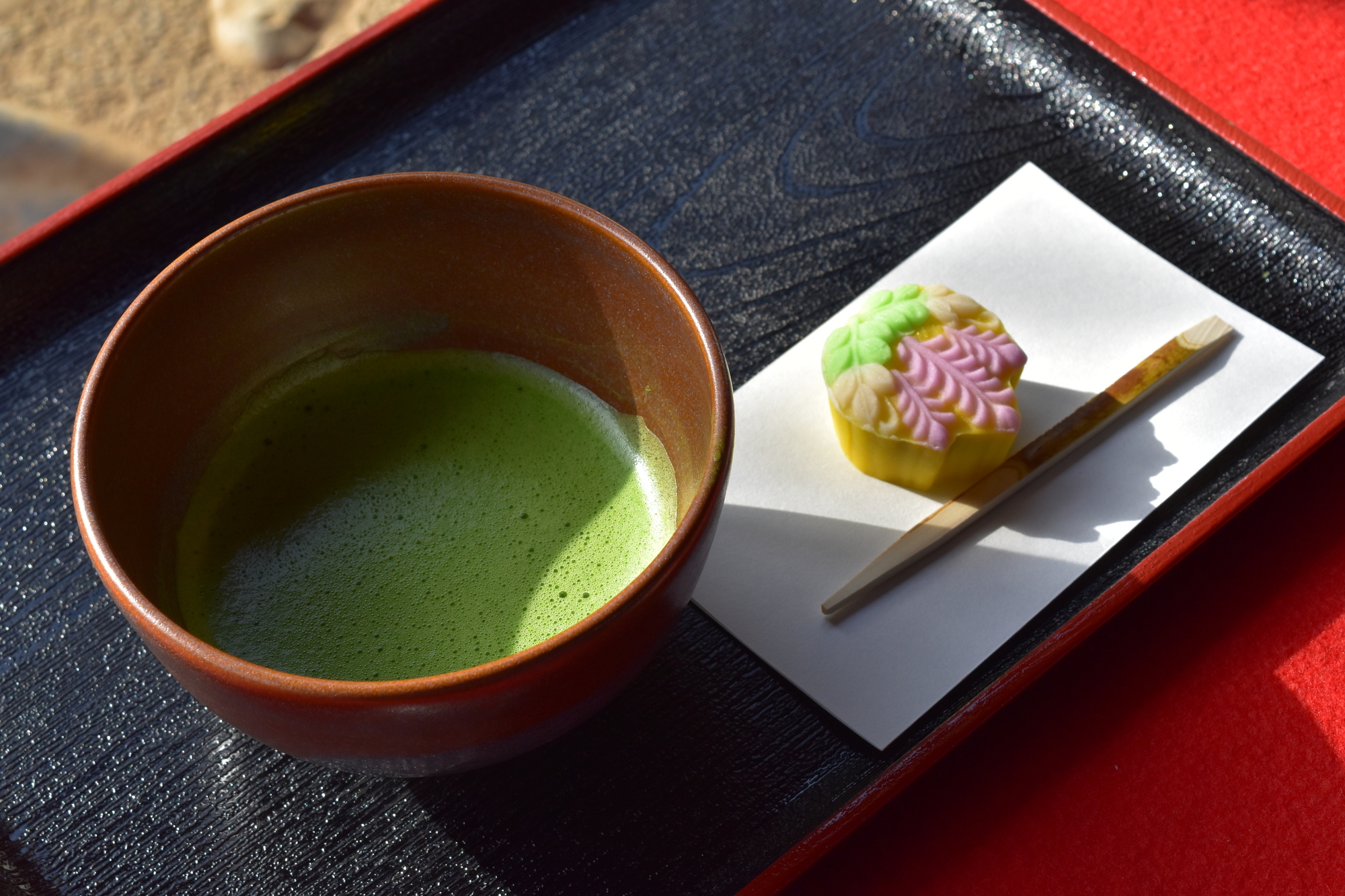
4-3. Creating Your Own Tea: The Stone-Grinding and Whisking Experience at a Matcha Factory
Several tea shops in Uji offer matcha-making experiences. When you put tea leaves into a stone mill and grind them slowly by hand, a surprisingly vibrant green and fragrant matcha powder emerges from the gap in the mill. You then put the freshly ground matcha into a tea bowl, add hot water, and whisk it quickly with a chasen. The taste of a bowl of tea you prepared yourself will surely be an unforgettable memory.
4-4. Autumn and Winter Spectacles: Fiery Autumn Leaves and a Snowy Ink-Painting World
Autumn Foliage: The best time to see autumn leaves in Uji is from mid-November to early December. The garden of Byodo-in and the "Kotozaka" approach to Koushou-ji Temple along the Uji River are particularly spectacular spots. The contrast between the vermilion buildings and the red leaves is a true symbol of Japanese autumn beauty.
Winter Snowscape: Snowfall is rare in Uji, but if you are fortunate enough to encounter it, it is the best of luck. The snow-covered Byodo-in Phoenix Hall and the quiet scenery of the Uji River are like a world of ink painting. The view of the snowy landscape in the quiet of a winter morning, with few tourists, will leave a deep impression that permeates your heart.
5.Planning Your Trip: Model Itineraries to Immerse in Story and the Scent of Tea
5-1.[Day Trip] Visiting from Kyoto! A World Heritage and Matcha Full Course
- Morning: Head to Uji by JR or Keihan. First, visit the World Heritage Byodo-in.
- Noon: Enjoy a lunch of matcha soba and a matcha parfait on the Byodo-in Omotesando.
- Afternoon: Cross the Uji Bridge to visit Uji-gami Shrine on the opposite bank. Then, tour the historic sites related to "The Tale of Genji."
- Before Evening: Participate in a matcha-making workshop at a long-established tea shop or savor the finest Gyokuro. Choose some tea as a souvenir and head back.
5-2. [1 Night, 2 Days] Staying Along the Uji River: A Course to Deeply Understand the Tale of Genji and Tea Culture
- Day 1:
・Afternoon: Arrive in Uji. Check into a ryokan along the Uji River.
・Until Evening: Take your time visiting Byodo-in. It's also good to aim for the time just before closing when there are fewer people.
・Night: Enjoy a Kyo-ryori (Kyoto-style) dinner at the ryokan. Enjoy the quiet night of Uji. - Day 2:
・Morning: Take an early morning walk on Uji Bridge and Asagiri Bridge before the tourists arrive. Immerse yourself in the world of "The Tale of Genji."
・Forenoon: Visit Uji-gami Shrine and The Tale of Genji Museum.
・Noon: Have a tea-themed lunch at a restaurant run by a tea shop.
・Afternoon: Participate in a matcha stone-grinding experience. Savor the tea you made yourself, choose souvenirs to your heart's content, and then head home.
The "Miyabi" and "Serenity" of Uji to Take Home with You
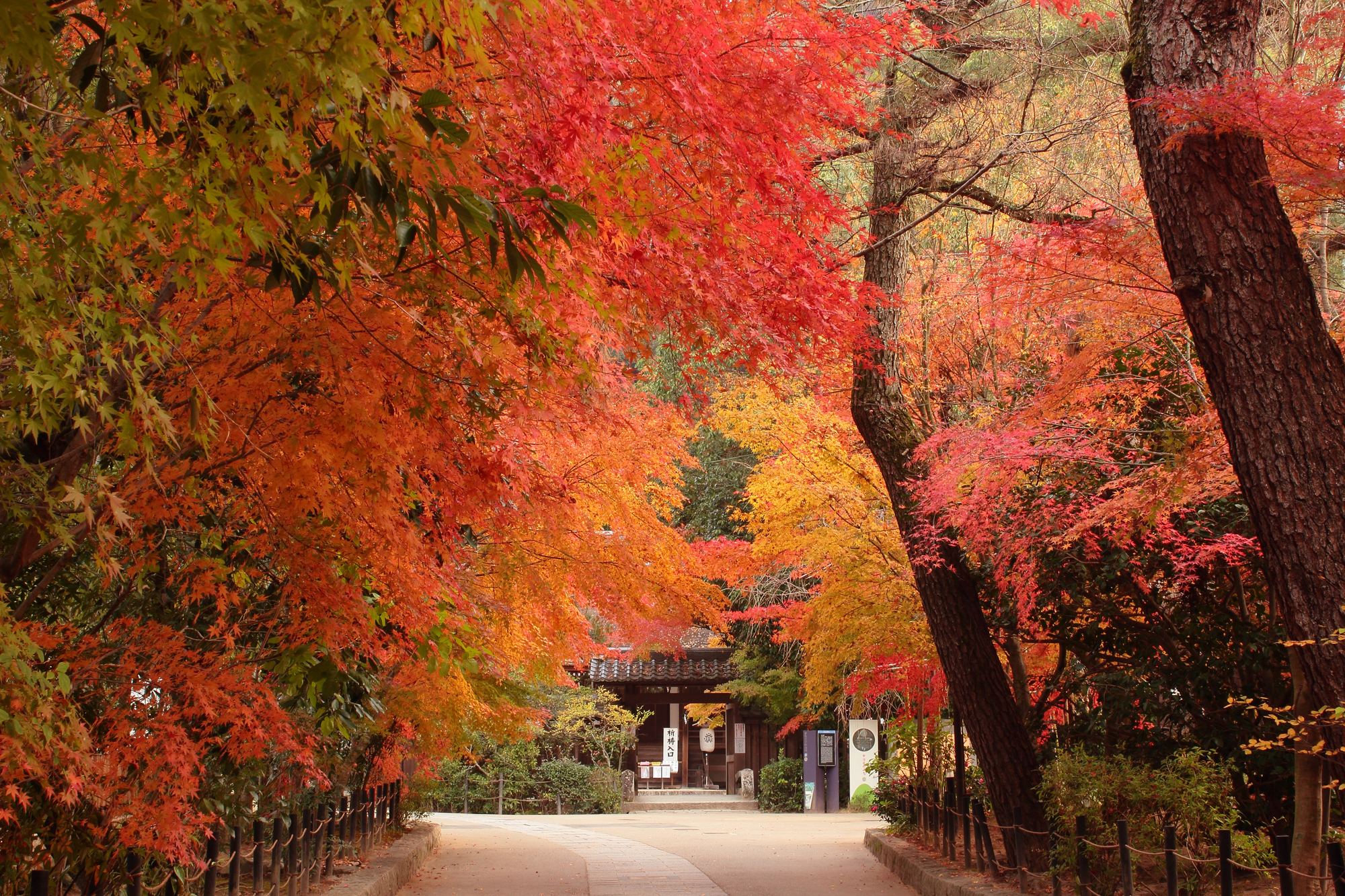
What you take home from your trip to Uji is not just delicious tea or beautiful photos. It is the atmosphere of "Miyabi" (courtly elegance) that flows through this land, loved by aristocrats a thousand years ago and where the characters of the story shed their tears, and the "serenity" that calms the heart.
When we drink a bowl of matcha, we not only enjoy its taste but also reflect on the blessings of nature and the long human endeavor that went into that single cup. The experience in Uji seems to quietly ask us what spiritual richness is, beyond just material wealth.
The quiet time you gained on this journey will surely continue to emit a faint fragrance deep in your heart after you return to your daily life, becoming an invisible force that supports you.

